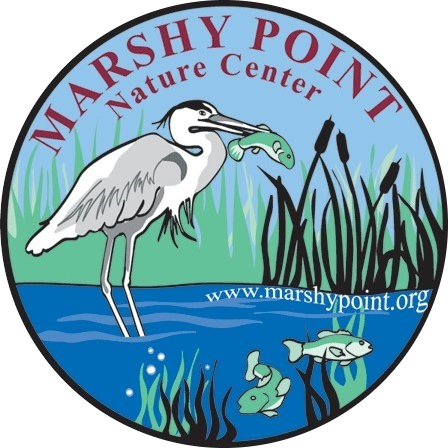As Winter begins to give way to the mud season, the fluctuations between freezing nights and days in the 40s and 50s cause something magical to happen in the natural world. These conditions make maple sap begin to flow and trickle out of any natural or man-made hole in a maple tree.
Native Americans took note of this phenomenon and learned, many generations ago, to make maple sugar. The American Colonists learned it from the Native Americans, and the tradition of maple sugarin’ continues to this day throughout the North and Northeast.
While Native Americans and colonists were mainly interested in producing maple sugar, today the focus is more on maple syrup. The basic technique for producing maple syrup is to concentrate the natural sugars found in maple sap—usually by boiling away a portion of the water content. Several other modern methods exist as well.
Maple sap varies in sweetness by species of maple and even between individual trees. To create maple syrup, the sugar level is concentrated into 66.5% sugar. A good sugar maple might have 5 to 6% sugar in its sap—meaning that many gallons are required to reach the consistency of maple syrup.
Here at Marshy Point, we are too far South and East for the naturally-occurring range of the sugar maple. Our red maples have about 1 to 2% sugar in their sap—it could take up to 100 gallons of sap to make one gallon of syrup. This fact probably explains why real maple syrup is so expensive.
However, tapping a backyard maple or two is easy, fun, educational, and will surely yield a few precious ounces of syrup! If you’d like to learn how to do it and enjoy a taste test, stop by Marshy Point any time between 11 am and 4 pm over the next two weekends (February 20th, 21st, 27th, or 28th) for Maple Sugar Time!

